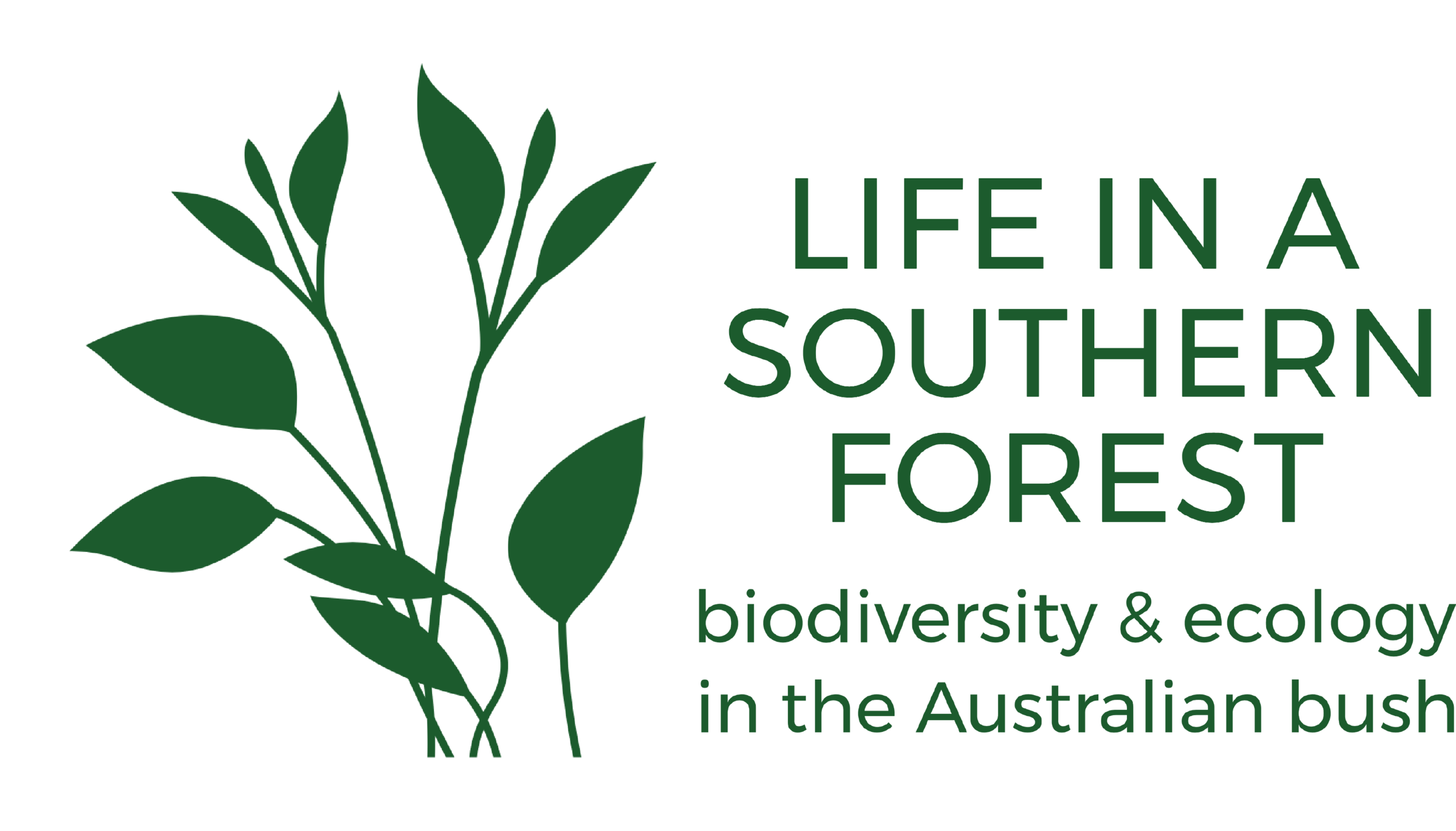More frog breeding
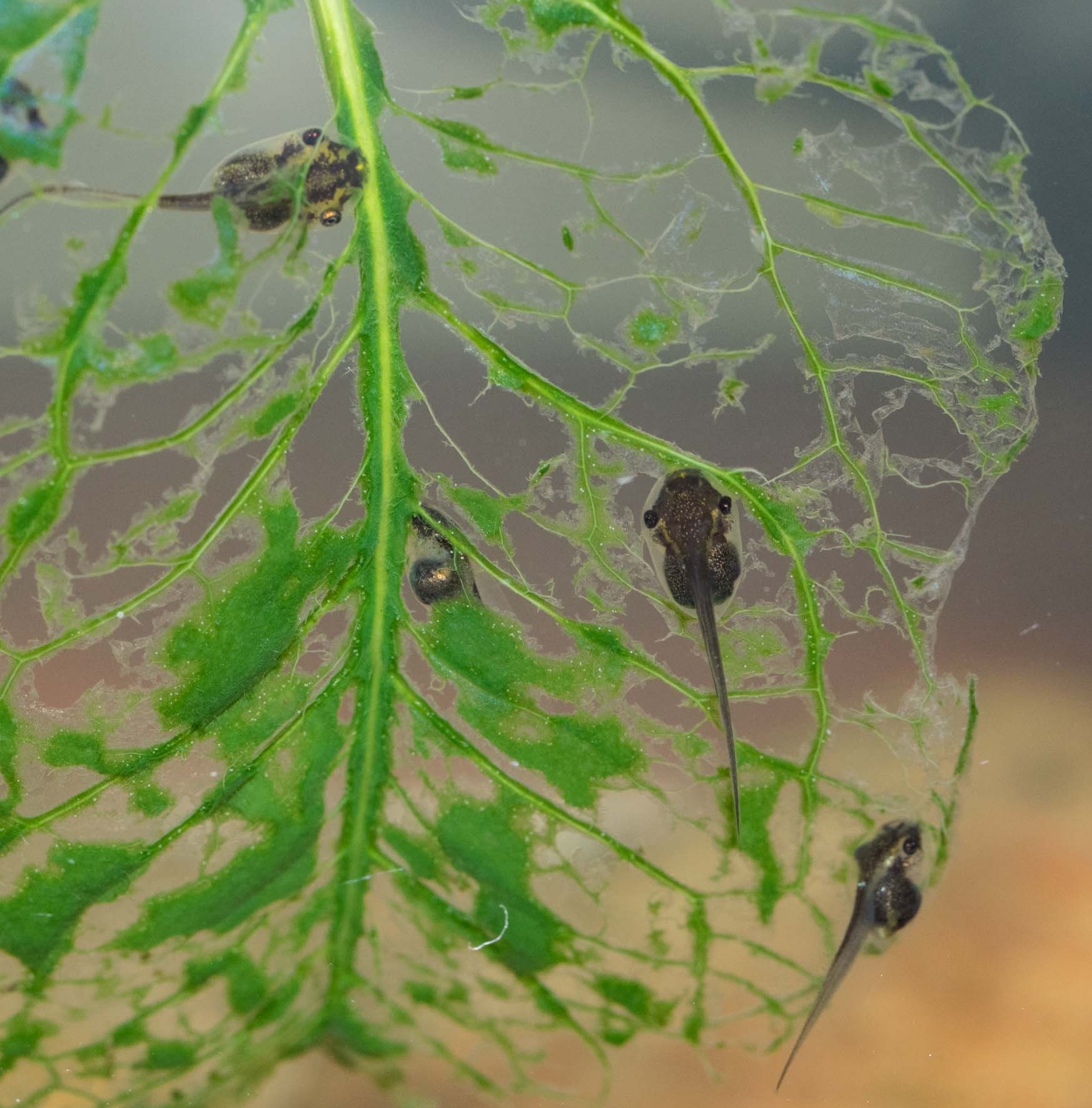
We first observed breeding by our resident frog species in Spring/early Summer 2016. At the end of Autumn 2017, following a couple of rainy days, we were excited to discover fresh egg masses in our pond. A quick check under the microscope showed that these were at an early stage of embryonic development - the early tailbud stage. So we now had the opportunity to follow their development through to the tadpole and ultimately adult stage. To this end, we set up an aquarium, housing over 150 embryos. We imaged embryos at regular time intervals to chronicle the developmental changes.
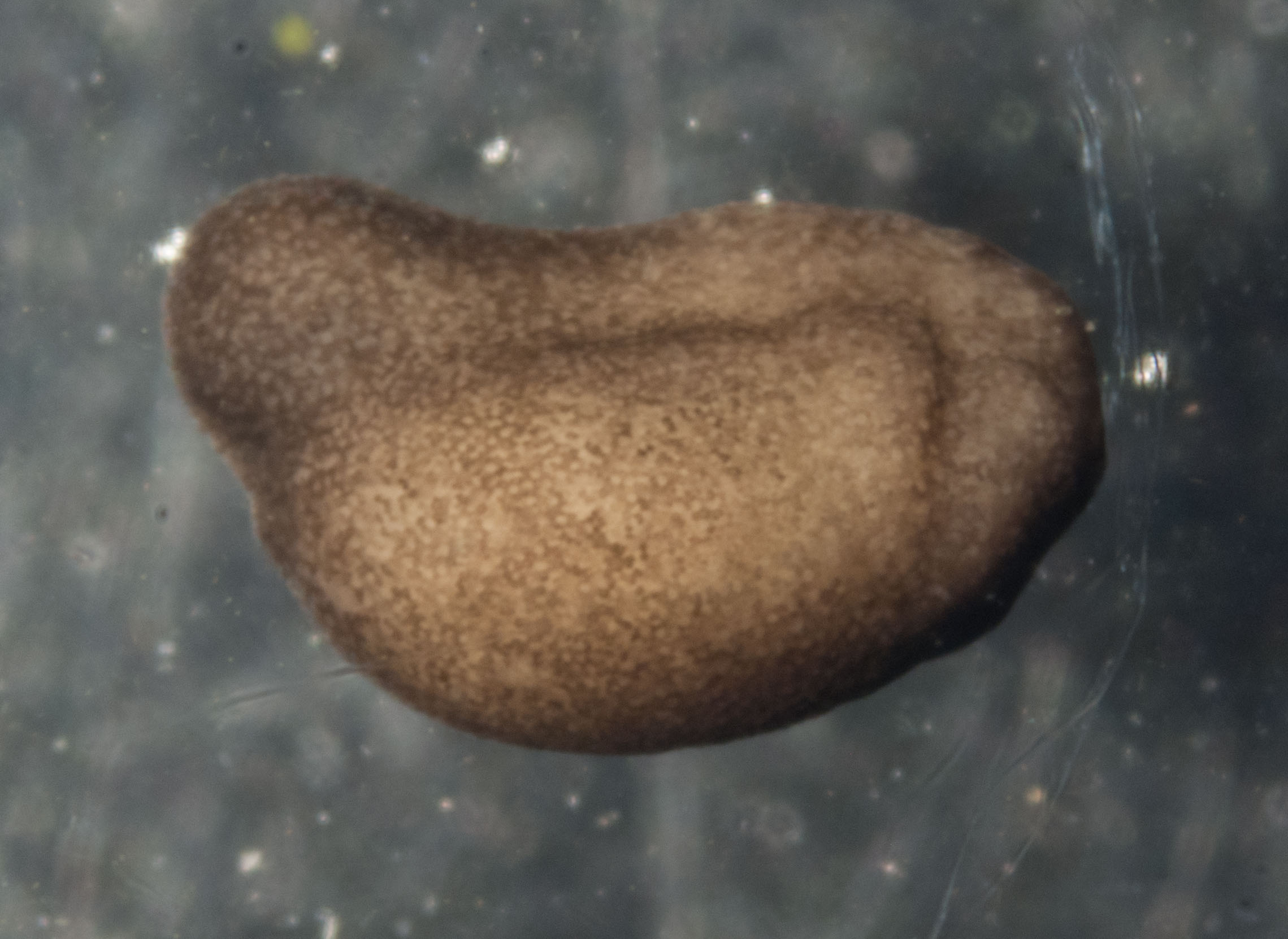
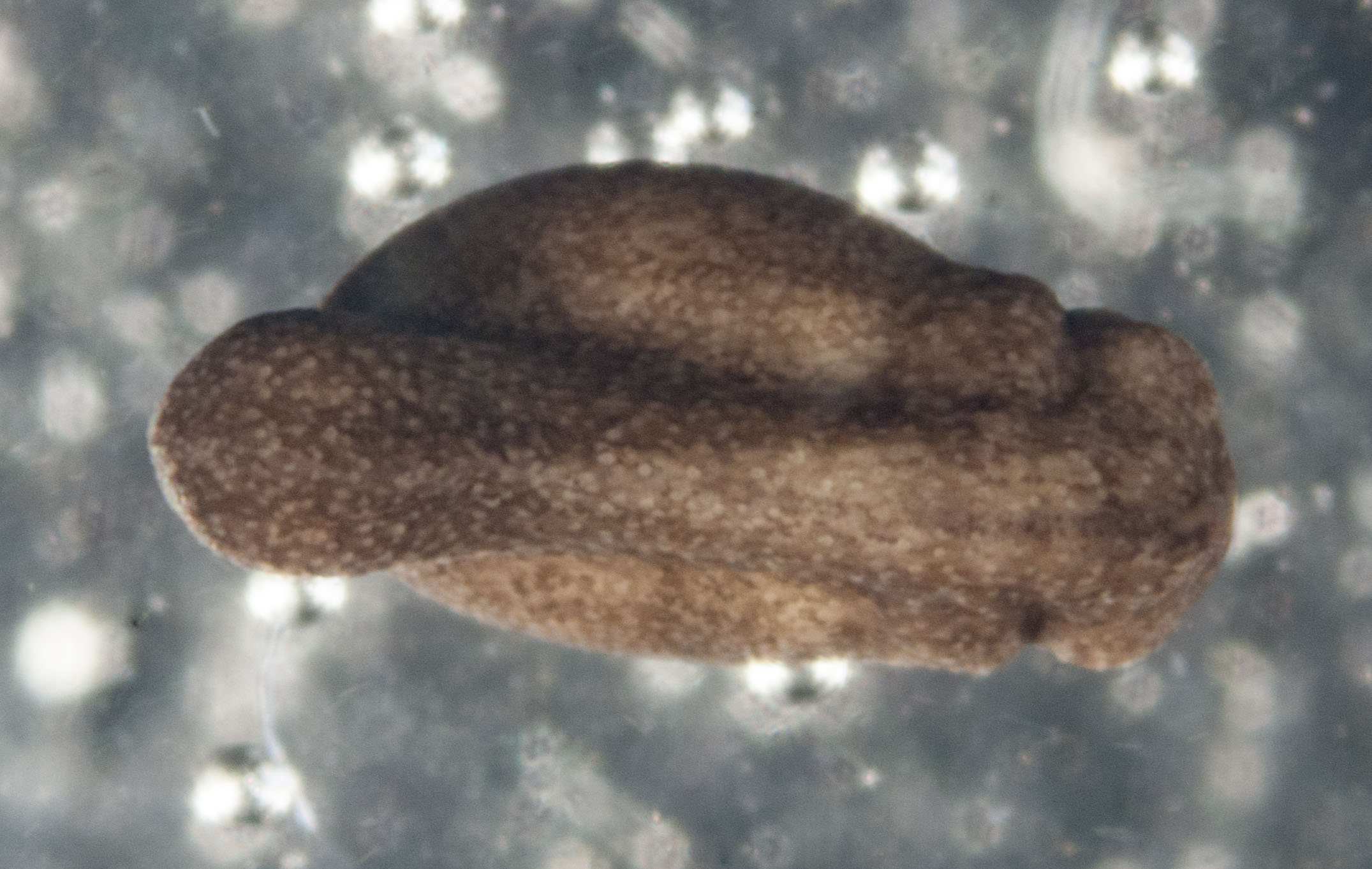
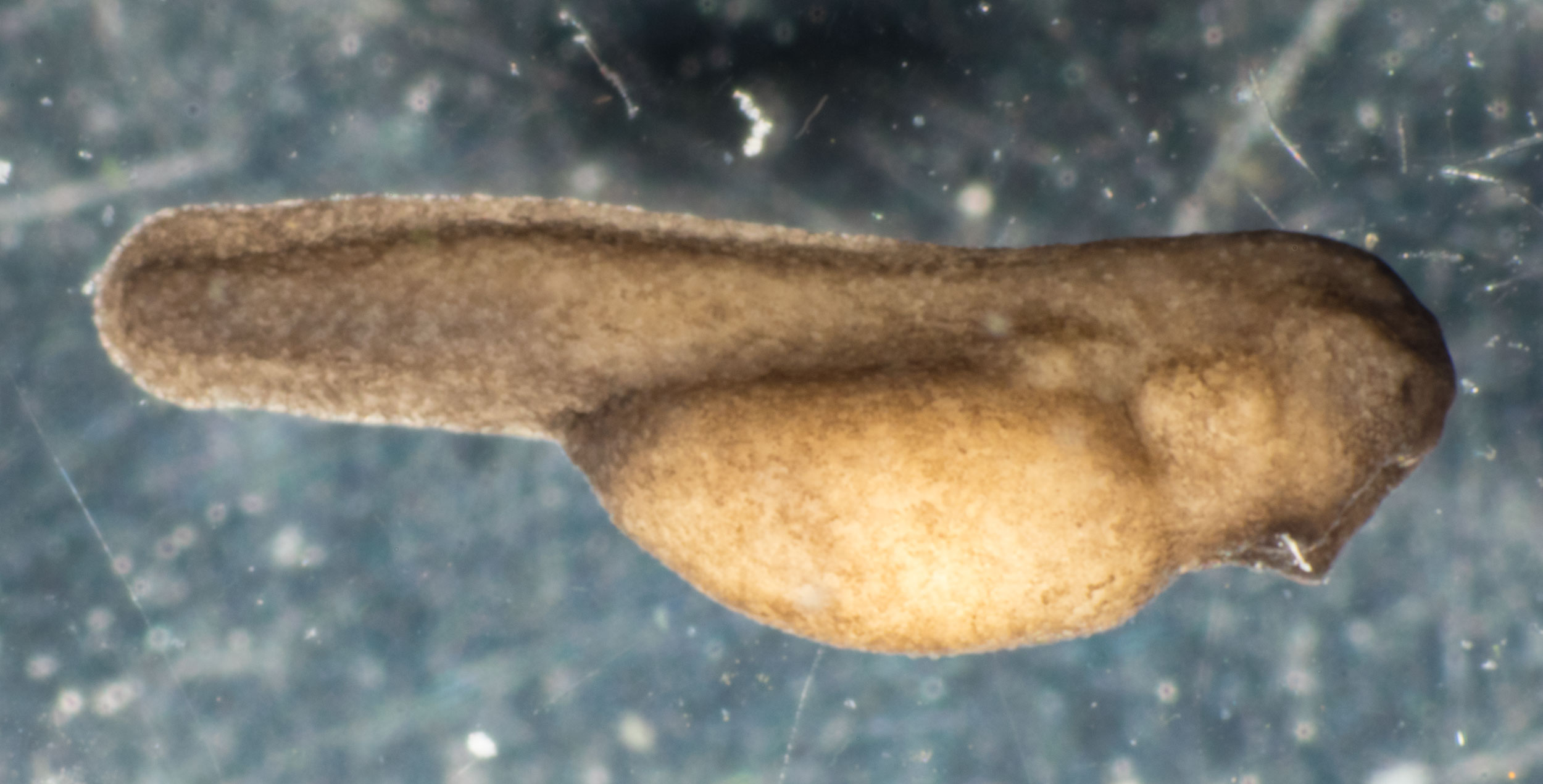
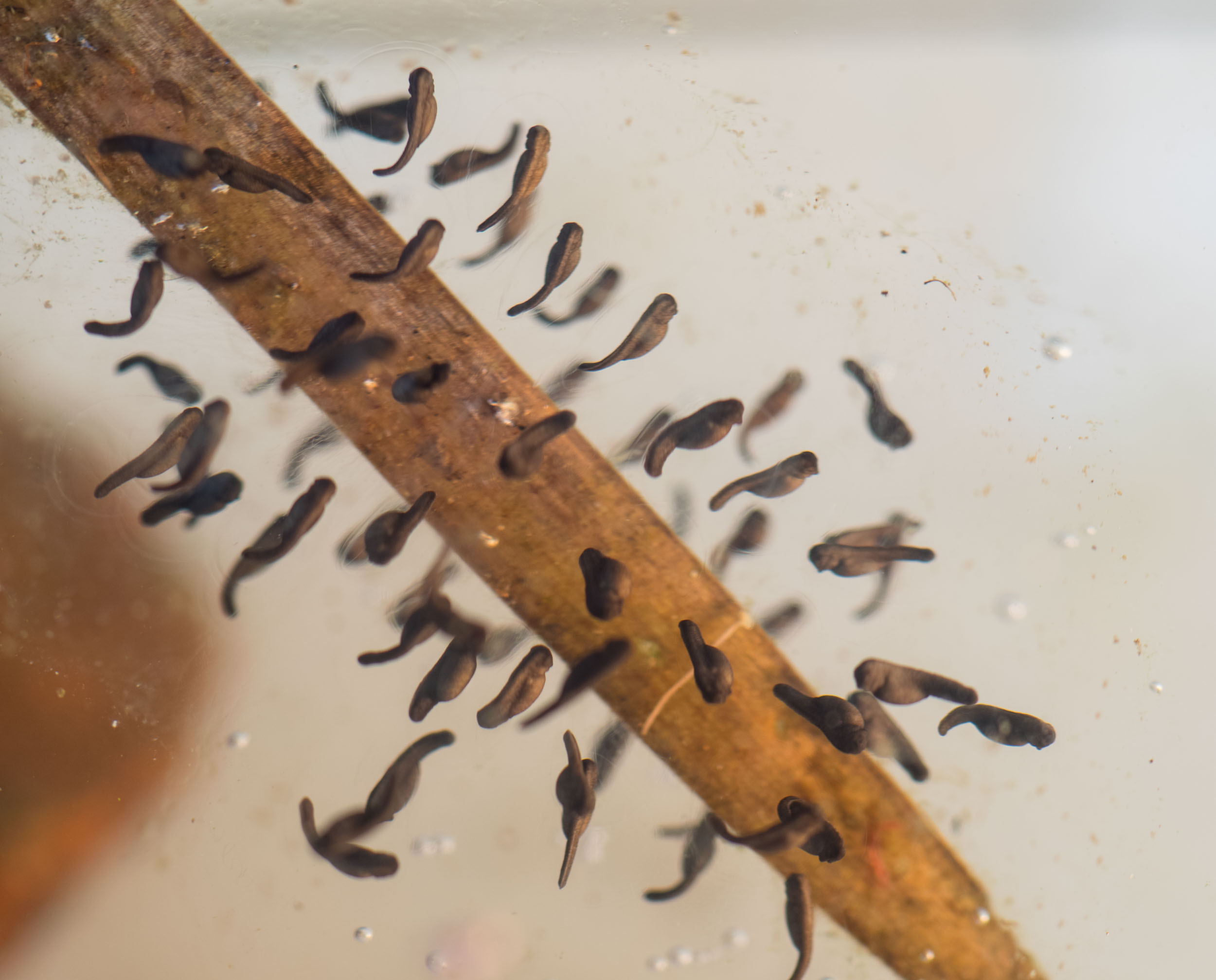
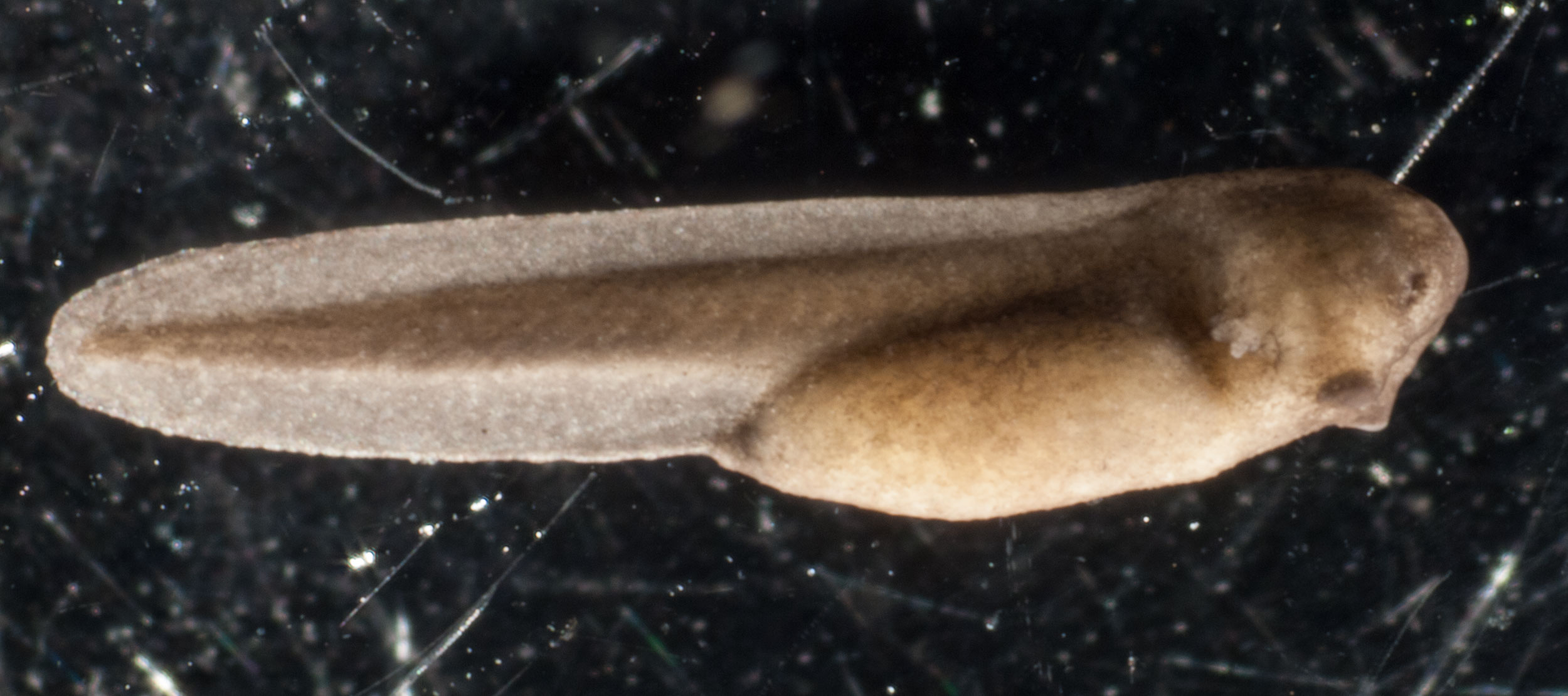
This movie shows a close up of the external gills in an embryo at the same stage as that in the previous still image. Blood cells can be seen coursing through the gills, picking up oxygen from the surrounding water.
Just two days after the tailbud stage, we noticed that some of the embryos were activelytwitching in their egg membranes.
Two days later, the first tadpoles burst out of the jelly mass. For a while, they lay quite still, attached to a surface by their adhesive organs. At this time, the tadpole is feeding off yolk carried over from the egg, which becomes incorporated into the gut in the course of embryonic development. So it doesn't need to seek food externally.
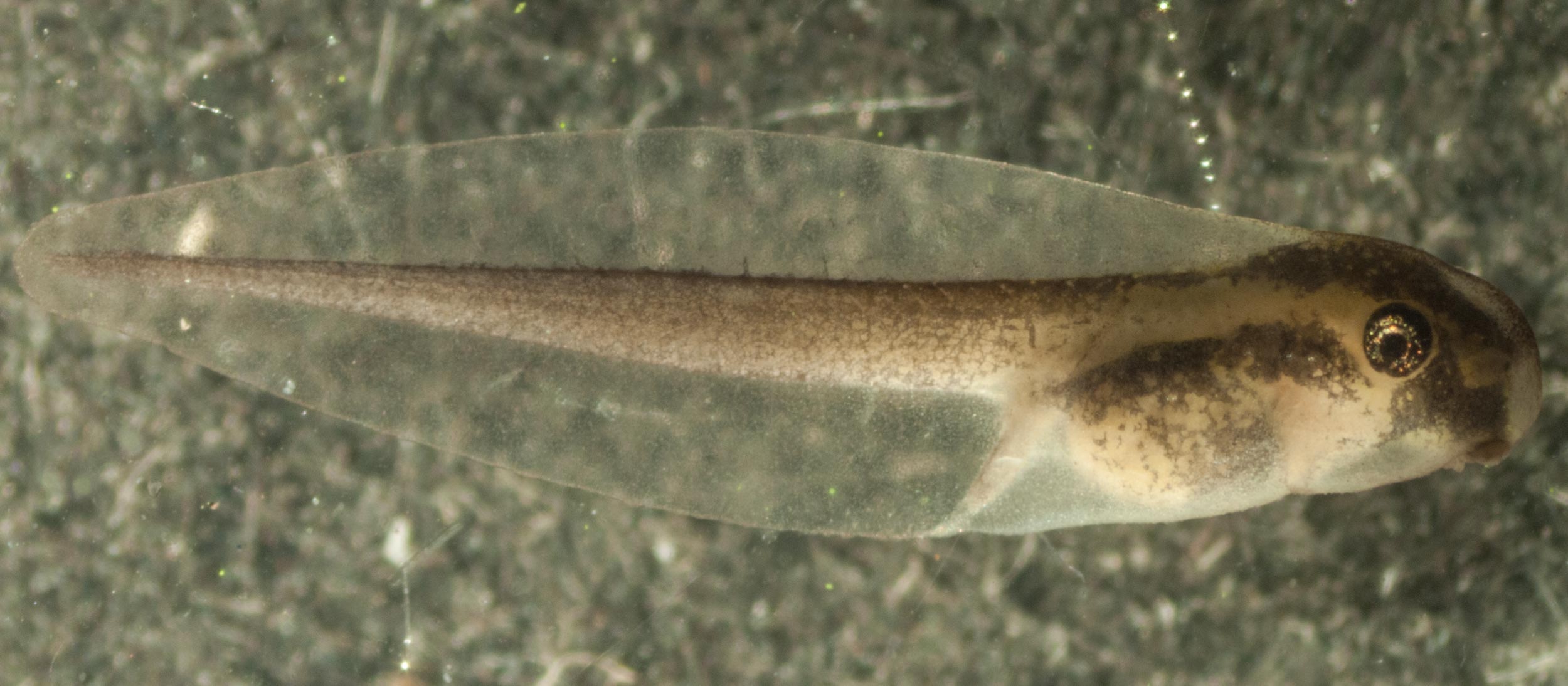
However, within a day or so, the tadpoles began actively swimming around in search of food. They love boiled spinach!

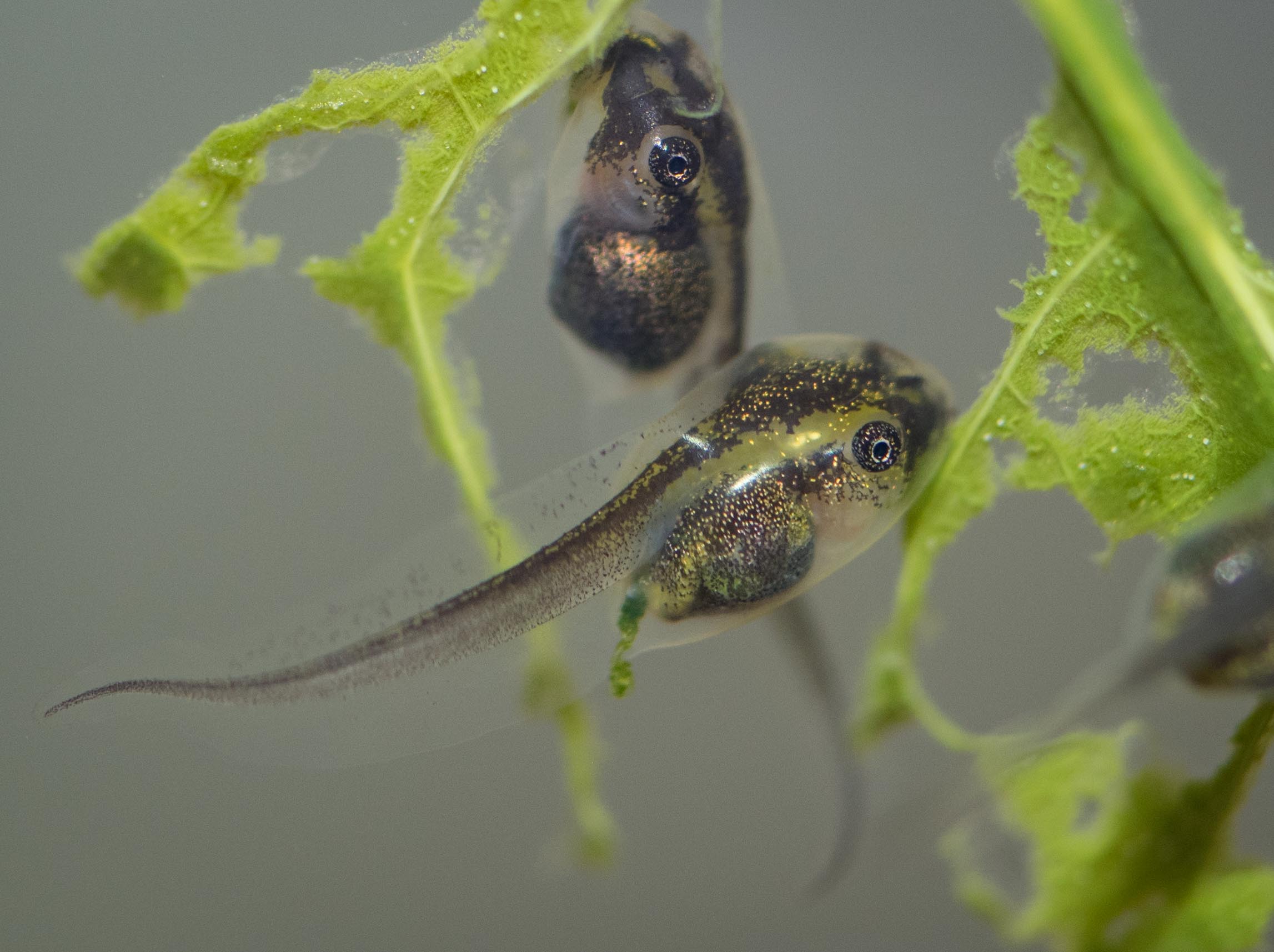
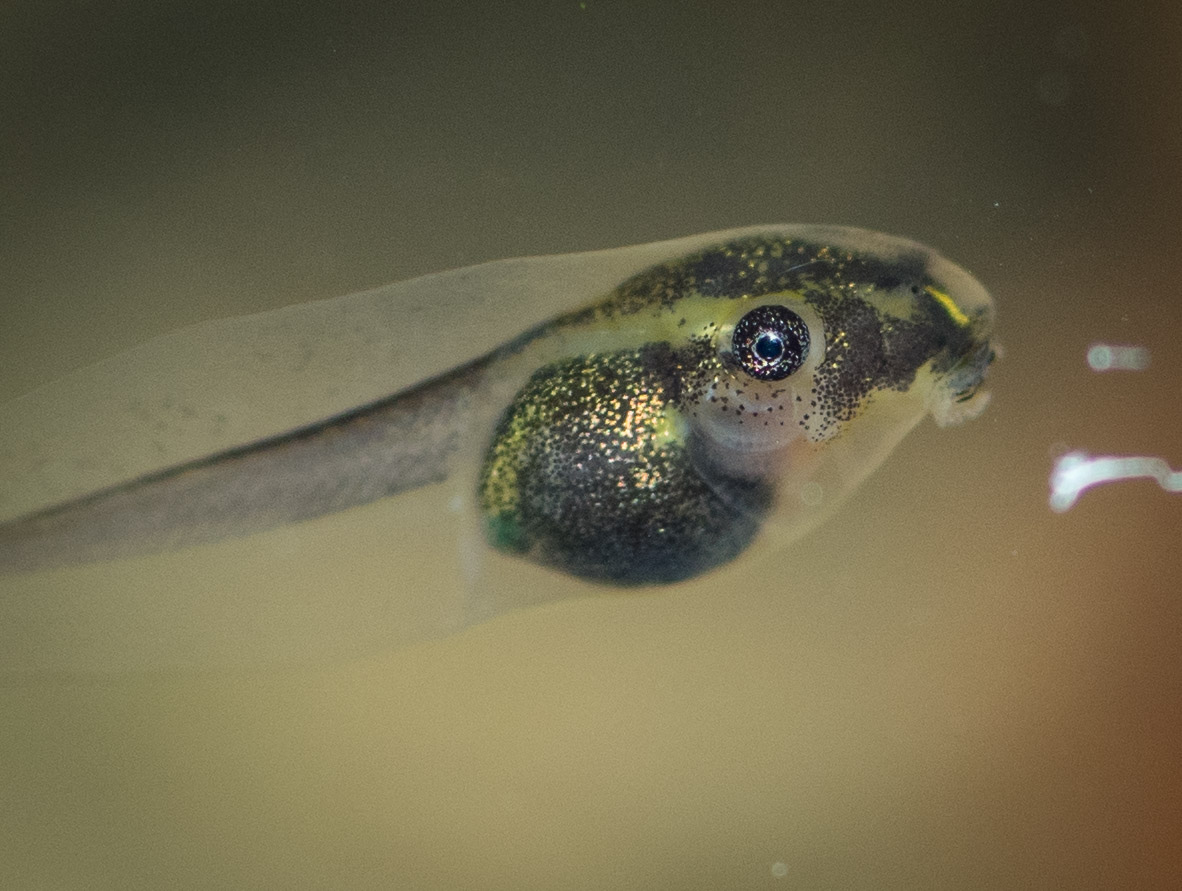
Our babies are growing apace! We'll keep you in touch with their progress in future posts.
